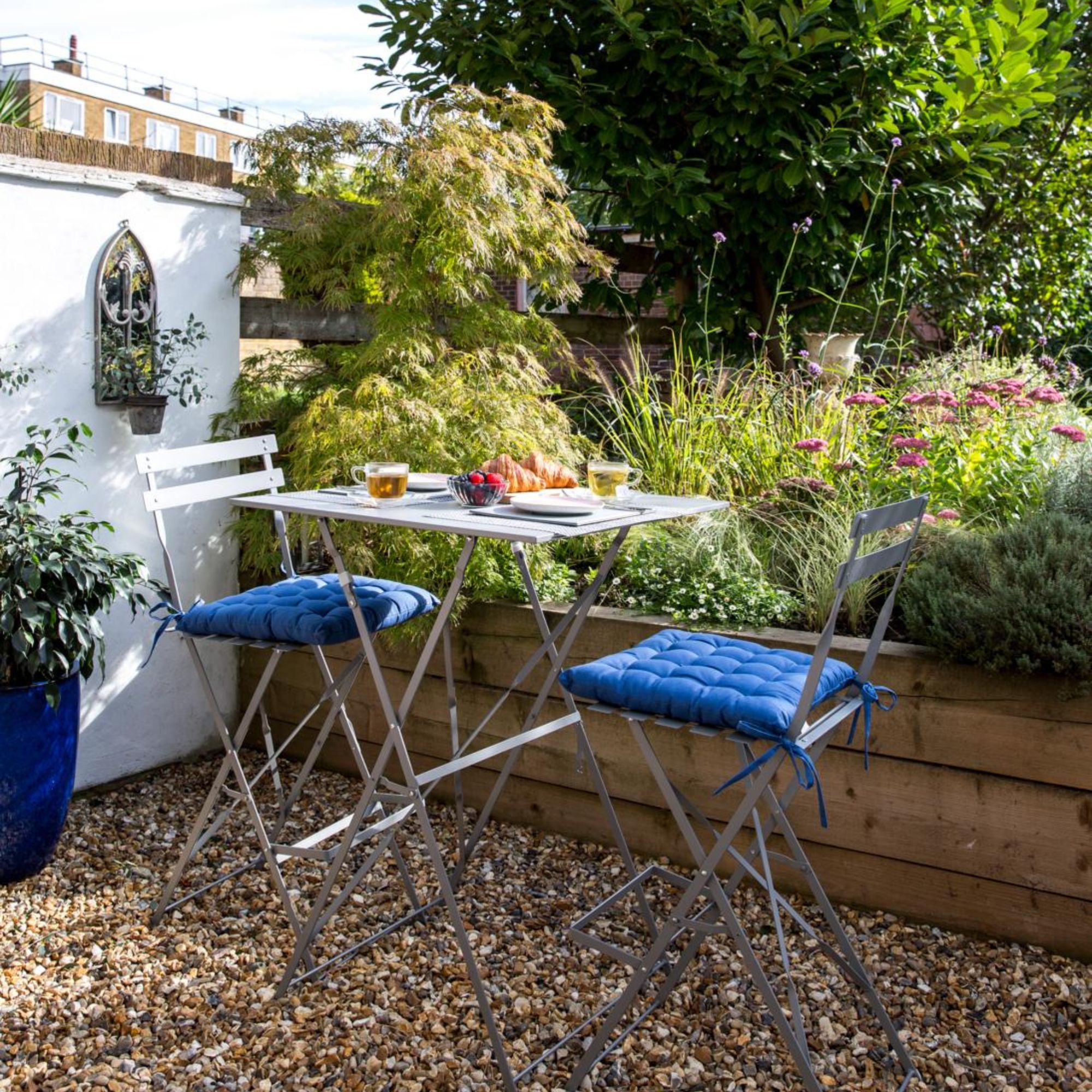
From strong winds to rising temperatures (not to mention all of that heavy rainfall), our gardens have certainly taken a battering of late – which is why many designers are turning their backs on traditional planting schemes and shining a spotlight, instead, on coastal garden ideas.
That's right: storm-resilient coastal plants are set to enjoy the spotlight at this year’s RHS Chelsea Flower Show, with designer Lucy Mitchell keen to introduce us to those tough, tolerant plants that will withstand the sort of stormy weather that has hit the UK in recent weeks.
Throw in the fact that the Nordic coastal garden is still a very big deal on social media right now, and you have more than enough reasons to inject some seaside-inspired magic into your outdoor space.
Coastal garden ideas
While we do like to be beside the seaside, the same isn't usually true of our gardens: the soil is often poor, the wind is incredibly blustery, and the air is ever so salty – three traits which are not usually associated with beautiful garden ideas.
Here's the thing, though: the UK coastline is actually home to countless beautiful gardens – the majority of which are far better suited to our little island's increasingly extreme weather conditions.
'Planting a resilient garden is imperative for the future with the changing climate conditions which is something The Royal Horticultural Society are focusing on for 2024,' says Morris Hankinson, director of Hopes Grove Nurseries.
'Coastal gardens especially have a lot to contend with from windy conditions to full sun, salt spray and sandy soil which drains well but holds little nutrients, so it can seem a challenge,' he continues.
'Actually, though, there are many plants which will thrive in these conditions and enjoy the milder winter weather than inland areas.'
With that in mind, then, here's our pick of the coastal garden ideas you should consider introducing to your own outdoor oasis this year..
1. Choose coastal inspired plants
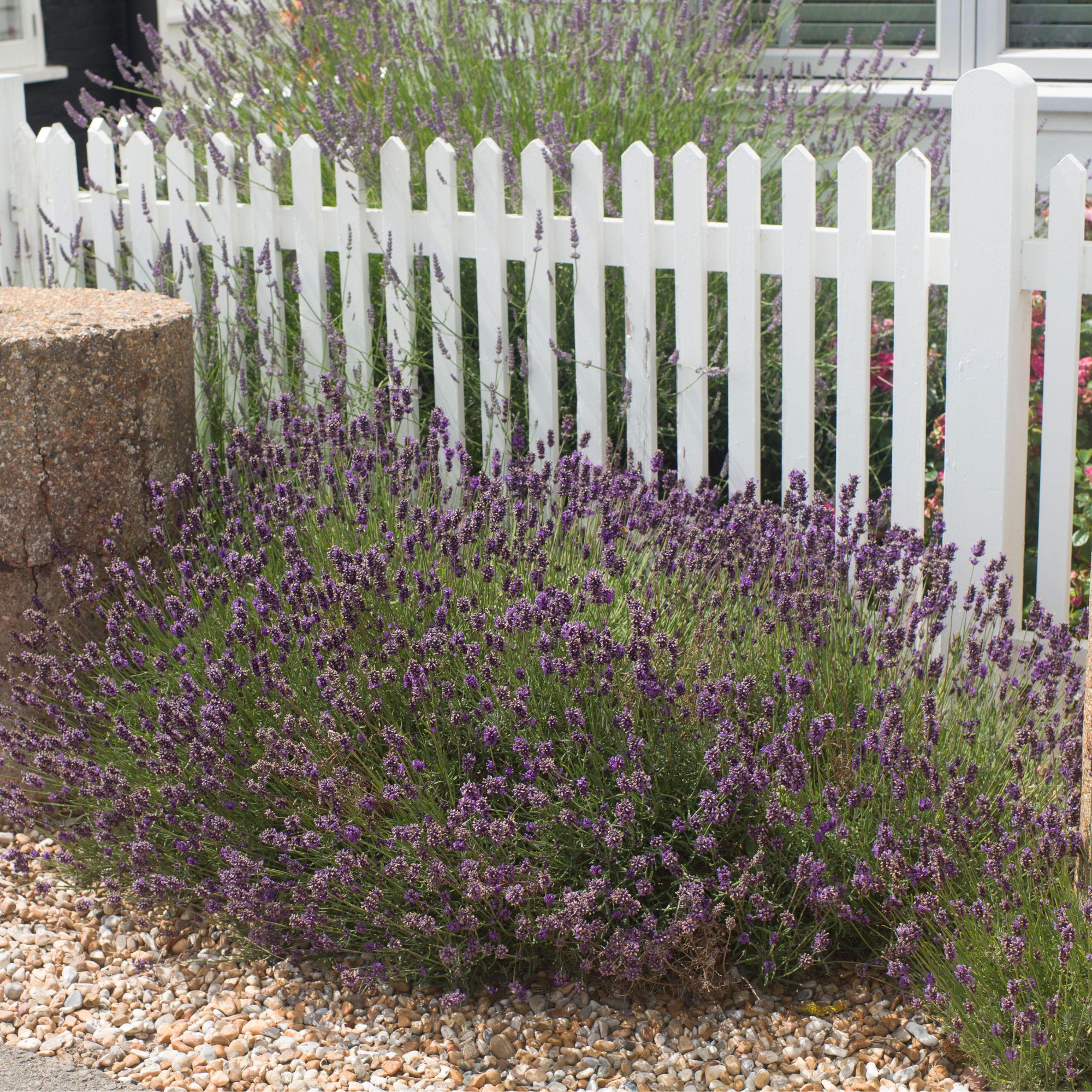
When you're taking inspiration from coastal garden ideas, it might feel as if you have limited options when it comes to filling your garden borders.
Plants such as lavender, thyme, and salvias thrive in seaside-style conditions. If you need any further ideas, Lucy Mitchell's Changing Tides Garden at this year's RHS Chelsea Flower Show features the following five storm-resilient plants:
- Crambe maritime: These have long tap roots that fan out so they form a strong anchor to protect against strong wins. The waxy surface means they're protected from drying winds.
- Sedum acre: These sturdy low-growing plants easily conserve their resources so that can soak up water from storms.
- Pinus sylvestris ‘Watereri’: They have needle-like leaves that reduce water loss and prevent tearing.
- Crataegus monogyna: A hardy shrub that can act as a windbreak thanks to its deep root system.
- Foeniculum vulgare: This plant might be tall, but its flexible stem allows it to bend without breaking.
Morris adds that there are plenty more flowering plants which will grow well in coastal areas, include buddleja, potentilla, hydrangea and dogwoods to name a few.
2. Opt for a gravel garden
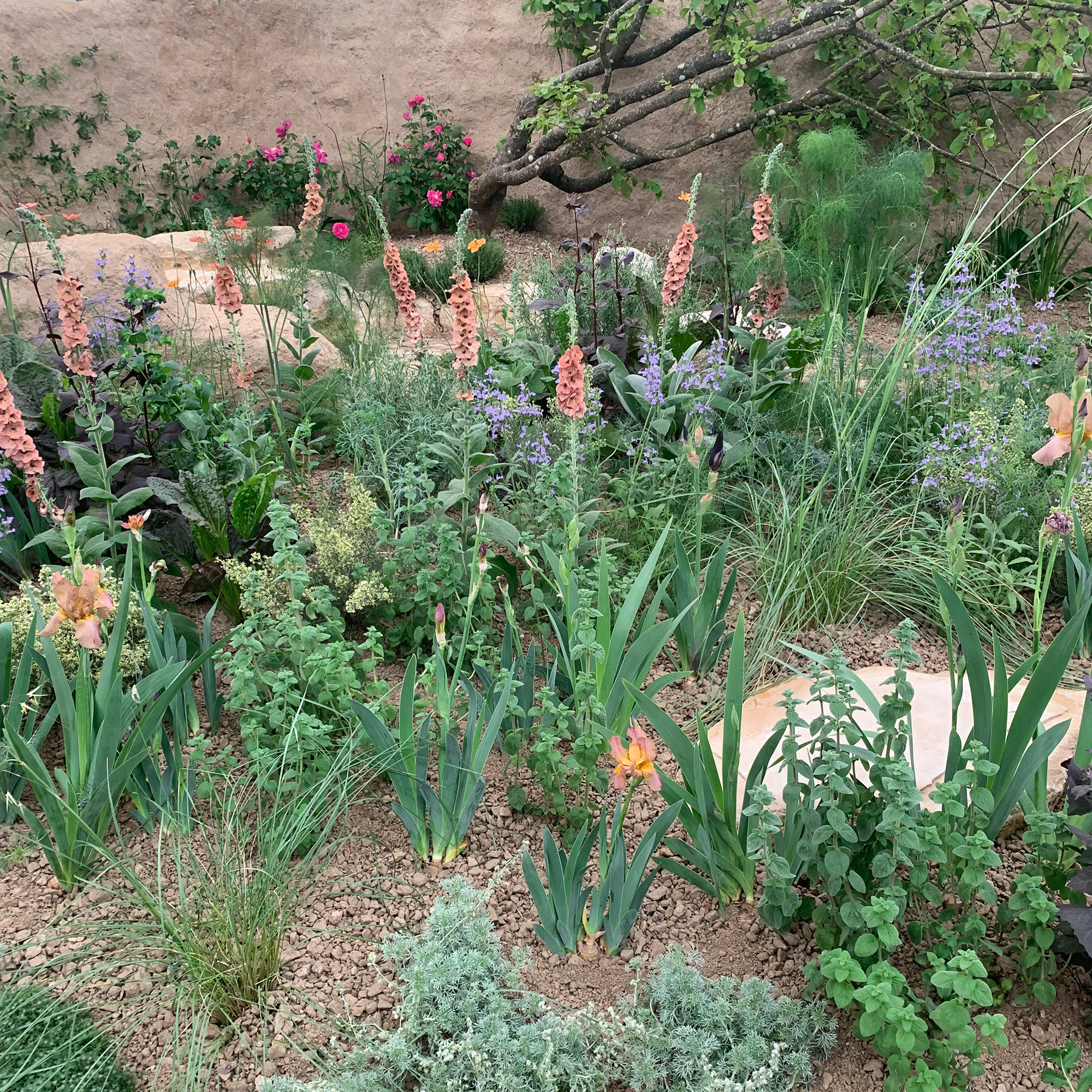
One of our favourite thing about all of these coastal garden ideas? How low maintenance they are – and the striking gravel garden is little different.
'Perfect for drought-tolerant planting, you can customise your gravel garden ideas to suit your personal style just by changing the colour and size of the stones,' says Christopher O'Donoghue, one of the co-directors at Gardens Revived.
Noting that local gravels are usually the cheapest, Christopher suggests creating a path from stepping stones – and using something like thyme or stonecrop as low ground cover around your path, too, for added interest.
3. Create a windbreak
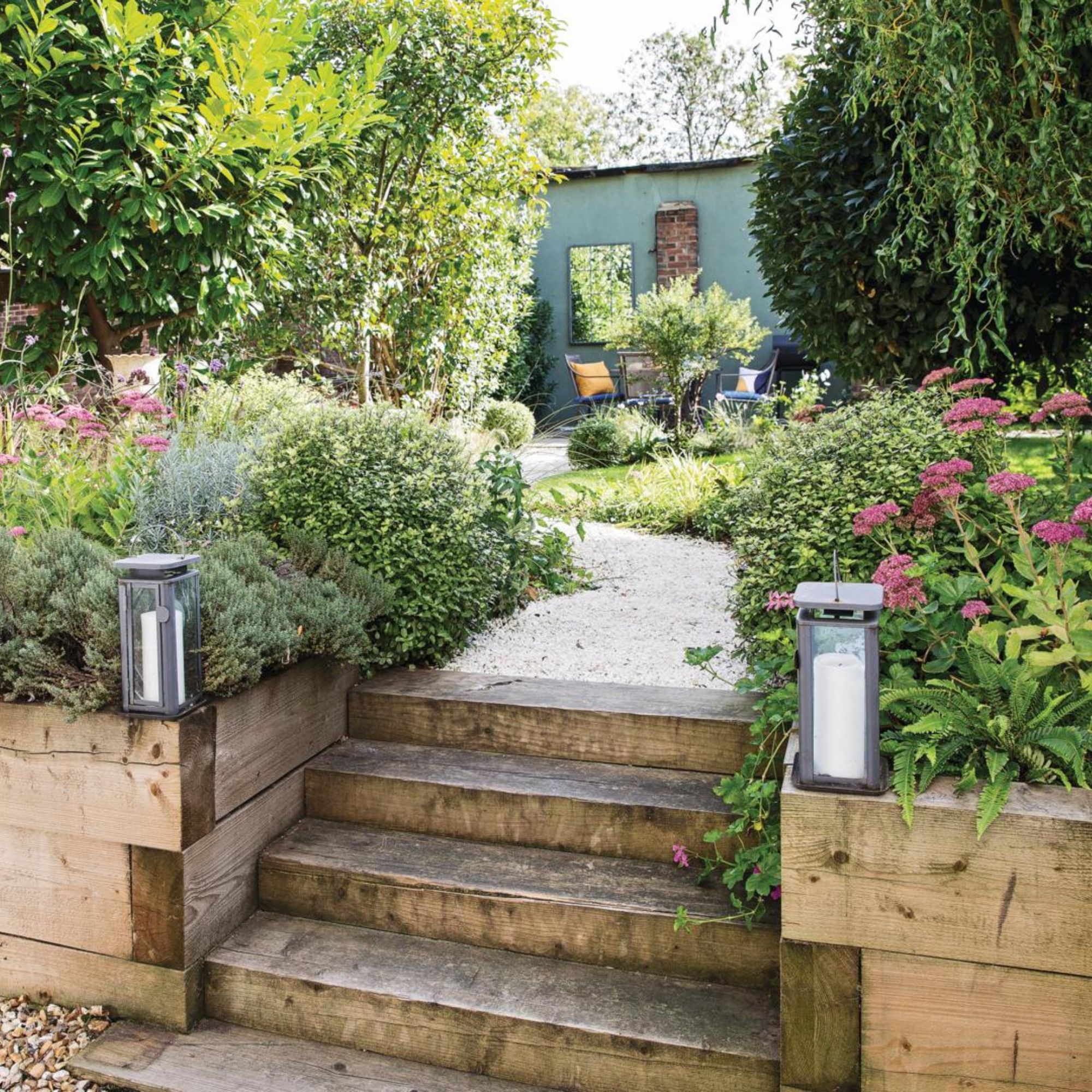
Sussing out the best hedging plants is key to making your coastal garden ideas a reality, as they provide an incredibly pretty backdrop – not to mention some much needed shelter from the elements.
'Creating a sheltered garden by planting coastal tolerant evergreen hedging will not only provide a good climate inside the garden for shrubs and other plants to grow but also excellent privacy,' says Morris.
'While they are establishing, a woven willow or hazel fence can help to provide shelter by filtering some of the wind. It’s not so bad being by the seaside!'
Ideally, you want to look for hedging plants that don't just tolerate coastal conditions, but thrive in them.
With this in mind, Morris suggests opting for something like the bright green leaves of a New Zealand broadleaf, or the glossy dark green foliage of an escallonia.
'Silverberry, spindle tree, holly, and firethorns are also excellent choices,' he adds.
4. Make sure there's somewhere to sit

When we're by the ocean, we tend to make the most of that fresh sea air – no matter what the weather's like – so it makes sense that the majority of coastal garden ideas will involve sourcing the best garden furniture too.
'Just be sure to soften the view of your furniture,' adds Christopher, 'so stick to neutral tones and natural materials wherever possible. And to popping your table and chairs close to something with height, so you lift the eye to the landscape.'
5. Add a water feature
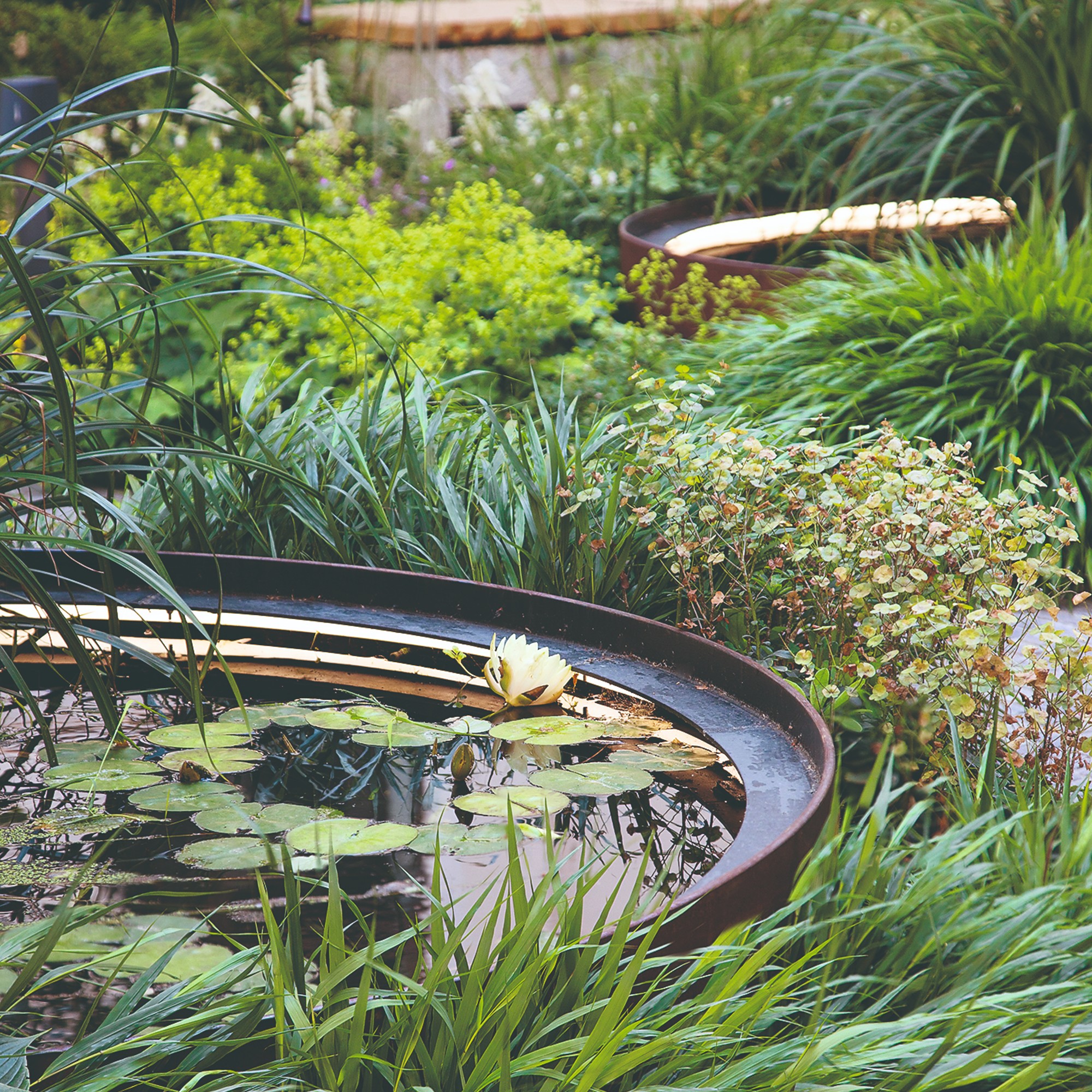
If you can't have the ocean itself, why not incorporate water into your coastal garden ideas via some other means?
'Water feature ideas – whether it's a small pond or a bubbling fountain – won't just create a focal point in your garden; they're also a wildlife garden staple, as they provide a welcome water source for birds and animals during the drier months.'
6. Build raised beds
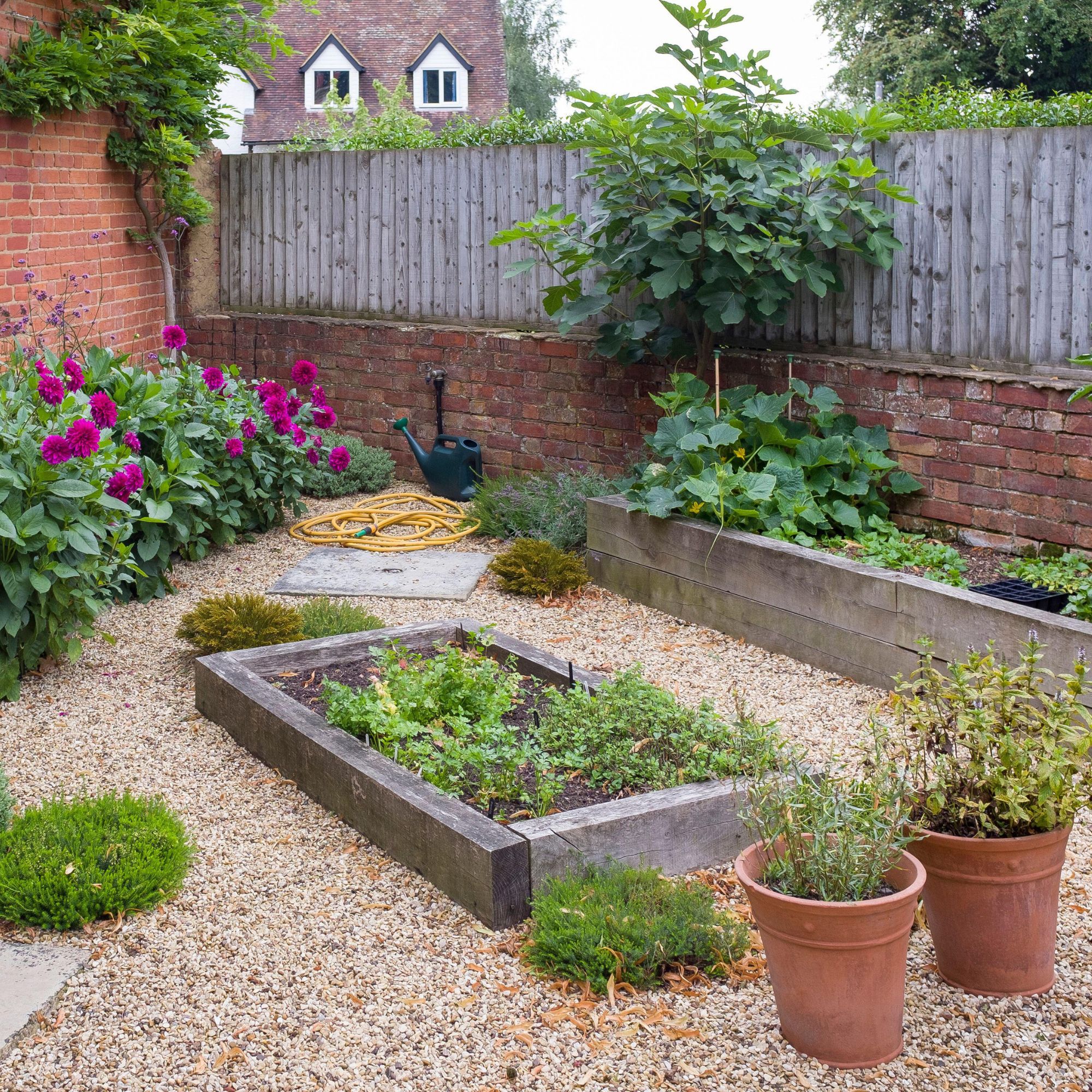
As mentioned already, soil quality tends to be poorer by the seaside, which is why you'll find so many people with coastal gardens tend to know how to build raised garden beds.
'Plants in a coastal garden tend to be subject to more wind, which means they dry out quicker,' says Morris.
A raised garden bed, then, is the perfect way to improve these conditions via mulching and watering – not to mention adding organic matter to the soil, too.
7. Unleash your inner beachcomber
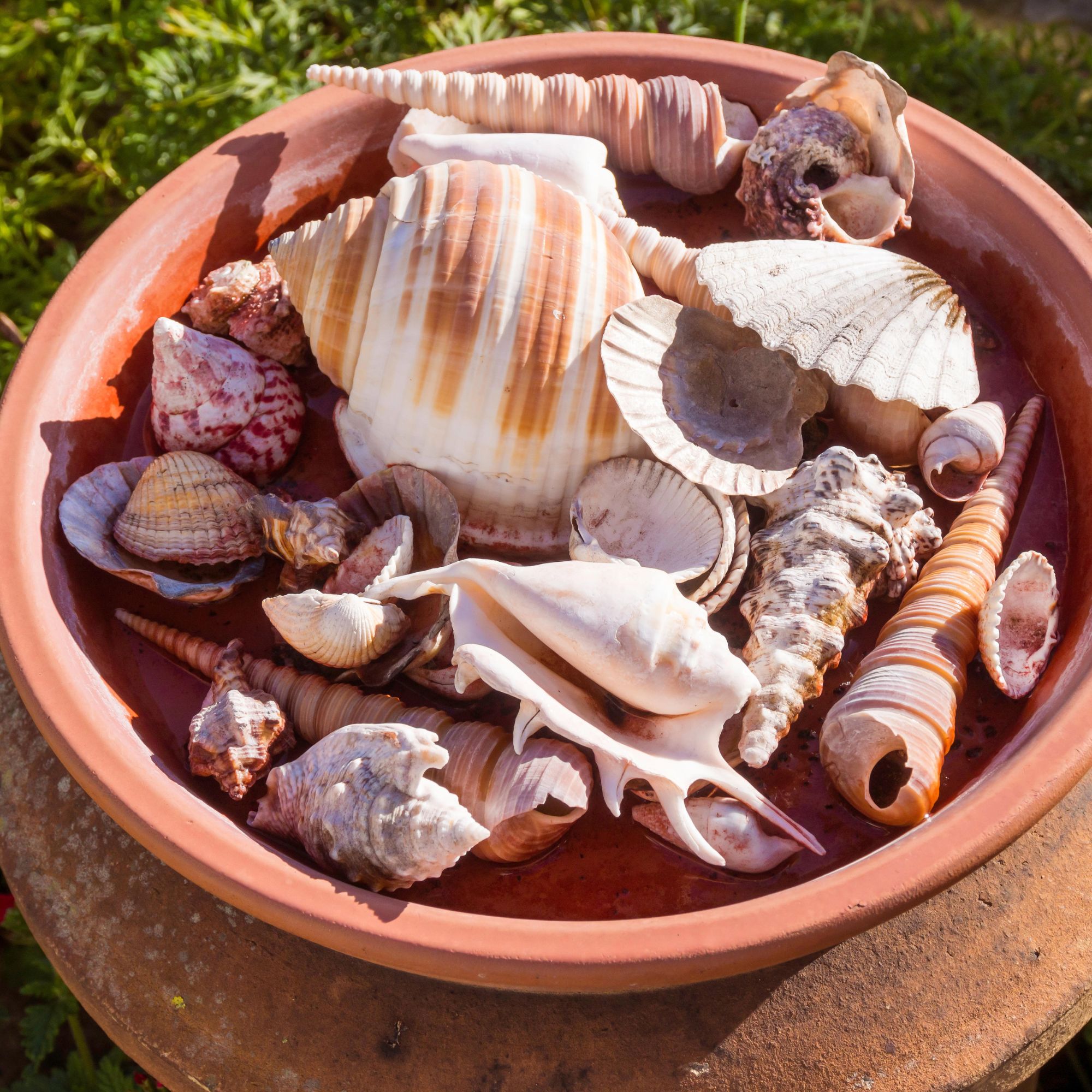
When it comes to pulling together your coastal garden ideas, the RHS says it's best to work with those ocean vibes rather than against them. 'Beachcombed and salvaged artefacts can help build on the seaside theme, and can be used as mini windbreaks to help protect plants,' they explain.
Christopher adds that crushed shells (which can be bought ready-made from Crocus) are really good for mixing into the soil or compost to improve drainage.
And The Wildlife Trusts, too, remind us that 'piled-up driftwood gathered from the beach makes snug homes for small creatures'.
8. And don't forget ornamental grasses
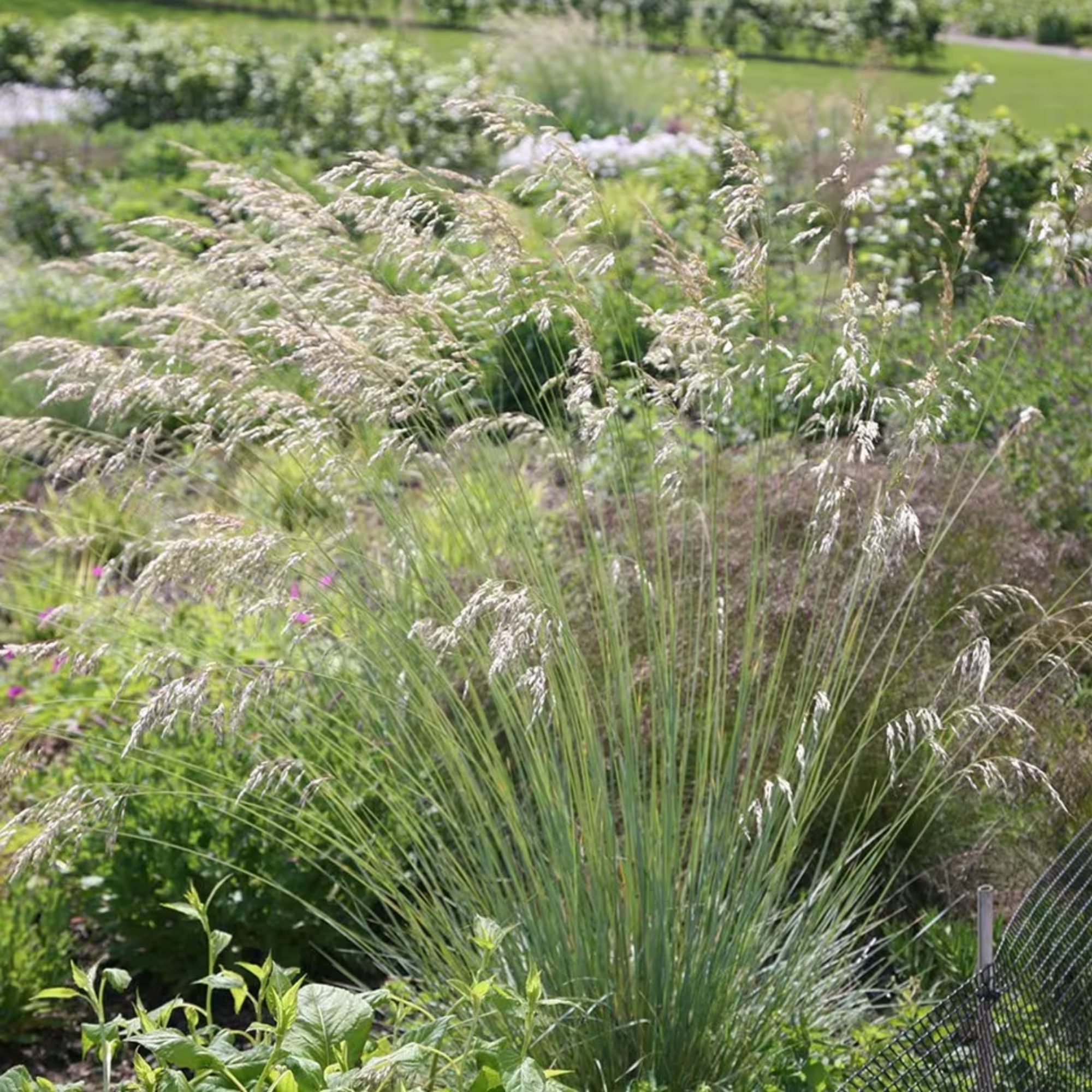
Finally, don't forget to add some ornamental grasses to your coastal garden ideas: they're a great way to add movement and texture to your outdoor space, not to mention emulate the ripples across the ocean.
'Poor, light soil can be prone to erosion by the wind,' says a spokesperson for The Wildlife Trusts, so 'plants with fibrous root systems, such as grasses, prevent the soil blowing away'.
We're fond of the tightly rolled, blue-grey leaves of the helictotrichon sempervirens seen above (available from Crocus) – particularly because, as an evergreen, it needs minimal maintenance.
FAQs
How do you make a seaside garden?
There are a few key things to consider when making a seaside garden: firstly, you'll want to prioritise those storm-resilient plants that are suited to salty winds and free-draining soil or gravel. Secondly, use hedging and small trees to create a natural windbreak. Thirdly, opt for sustainable gardening methods and natural materials wherever possible.
What is the most low maintenance garden?
'People are increasingly drawn to low-maintenance gardens,' says Christopher, 'and the coastal garden is exactly that, thanks to its emphasis on drought-tolerant planting and hardy species'.
All that's left to finish off these coastal garden ideas, of course, is a Mr Whippy with a Flake sticking out of the top – and maybe a hot serving of salty chips and battered fish still in the wrapper.
Repeat after us: 'Oh, we do like to be beside the seaside...'







